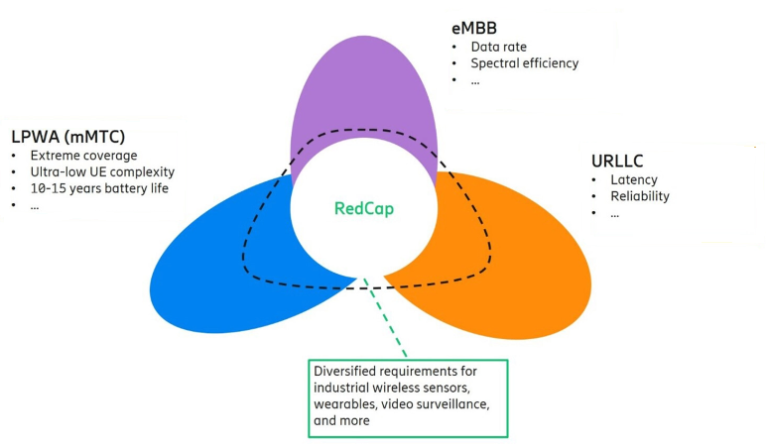What is XCAP? Understanding XML Configuration Access Protocol
telcomatraining.com – In the modern digital landscape, effective communication and efficient data management are critical for businesses and organizations. One of the protocols designed to simplify and streamline configuration management is the XML Configuration Access Protocol (XCAP). In this article, we’ll dive into what XCAP is, how it works, and why it plays a crucial role in managing configuration data in various applications.
What is XCAP?
XCAP stands for XML Configuration Access Protocol, a protocol used to manipulate configuration data stored in XML format. It allows clients to read, write, and modify XML documents residing on a server, often in the context of telecommunications and real-time communications. XCAP was developed as part of the Internet Engineering Task Force’s (IETF) efforts to enhance the efficiency of managing configuration data across different systems.
At its core, XCAP serves as a framework for clients and servers to exchange configuration information without requiring manual intervention. This protocol is particularly prominent in applications where user-specific or device-specific configurations are essential, such as in Voice over Internet Protocol (VoIP), instant messaging, and presence services.
How Does XCAP Work?
XCAP operates over the HTTP protocol, making it straightforward to integrate into existing web infrastructure. The protocol uses URLs to identify XML documents or specific elements within them, enabling fine-grained access to configuration data. Here’s a breakdown of how XCAP functions:
- Client-Server Model
XCAP follows a client-server model where the client requests to access or modify XML configuration data stored on the server. The server processes these requests and ensures data consistency and security. - URL Addressing
Each XML element or attribute is assigned a unique URL, making it easy for clients to pinpoint the exact data they want to retrieve or modify. This URL-based system eliminates ambiguity and simplifies data access. - HTTP Methods
XCAP relies on standard HTTP methods like GET, PUT, DELETE, and POST to perform operations on XML documents. For instance:- GET: Retrieve an XML document or a specific element.
- PUT: Update or create new elements in the XML document.
- DELETE: Remove elements or attributes from the document.
- Access Control
To ensure data integrity and security, XCAP supports access control mechanisms. This ensures that only authorized clients can modify or access certain parts of the configuration data. - XML Document Validation
XCAP validates XML documents against predefined schemas, ensuring the data adheres to the required format and structure. This validation prevents errors and maintains consistency.
Applications of XCAP
XCAP has a variety of use cases, primarily in the telecommunications industry. Some of its notable applications include:
- Session Initiation Protocol (SIP) Services
XCAP is often used in conjunction with SIP to manage user settings, such as contact lists, presence information, and call forwarding rules. - Presence Services
In real-time communication, presence services inform users about the availability status of their contacts. XCAP allows users to update their status and manage visibility preferences. - VoIP Applications
For Voice over IP applications, XCAP simplifies the management of user-specific settings, enabling seamless communication experiences. - Instant Messaging
XCAP is integral to managing buddy lists and other configuration settings in instant messaging systems, ensuring efficient communication between users. - Collaborative Applications
In collaborative tools, XCAP helps synchronize user preferences and configurations, improving usability and consistency across platforms.
Benefits of XCAP
XCAP offers numerous advantages that make it an essential tool for managing XML-based configuration data:
- Fine-Grained Control
XCAP’s URL-based addressing provides precise control over individual elements, allowing targeted updates and retrievals. - Interoperability
Built on HTTP and XML standards, XCAP seamlessly integrates with existing systems and technologies. - Efficiency
By automating configuration management, XCAP reduces manual effort and minimizes the risk of errors. - Scalability
XCAP can handle a large number of clients and configurations, making it suitable for enterprise-level applications. - Flexibility
The protocol’s ability to handle user-specific configurations ensures it can adapt to diverse use cases.
Conclusion
The XML Configuration Access Protocol (XCAP) is a powerful tool for managing XML-based configuration data in real-time communication and other applications. Its efficiency, flexibility, and fine-grained control make it a preferred choice in the telecommunications industry.
As businesses and technologies continue to evolve, the demand for robust and scalable configuration management solutions like XCAP is likely to grow. Understanding XCAP and its capabilities can provide a competitive edge in designing and managing modern communication systems.







